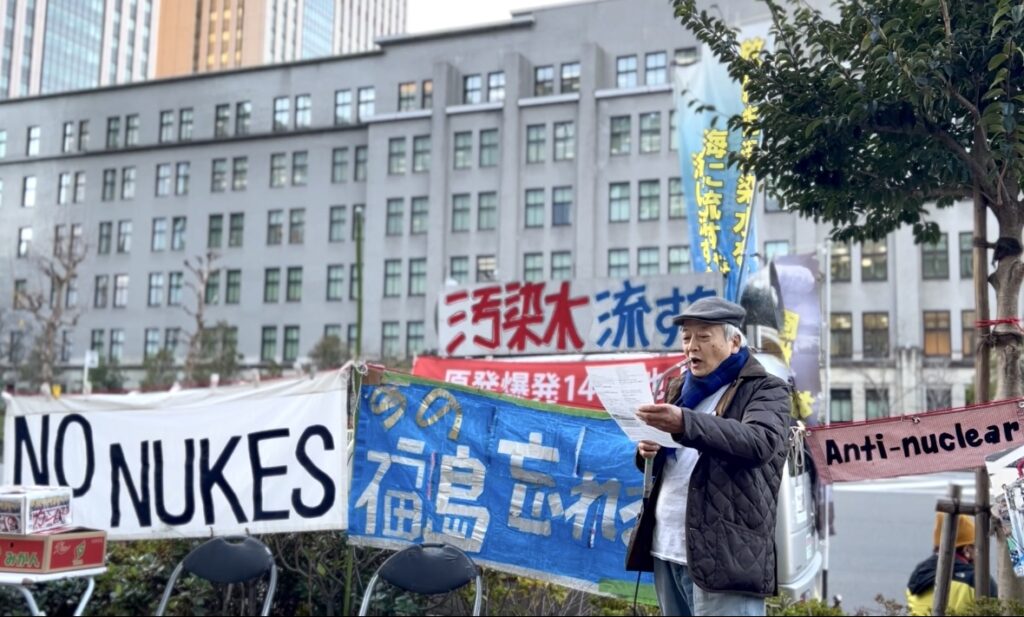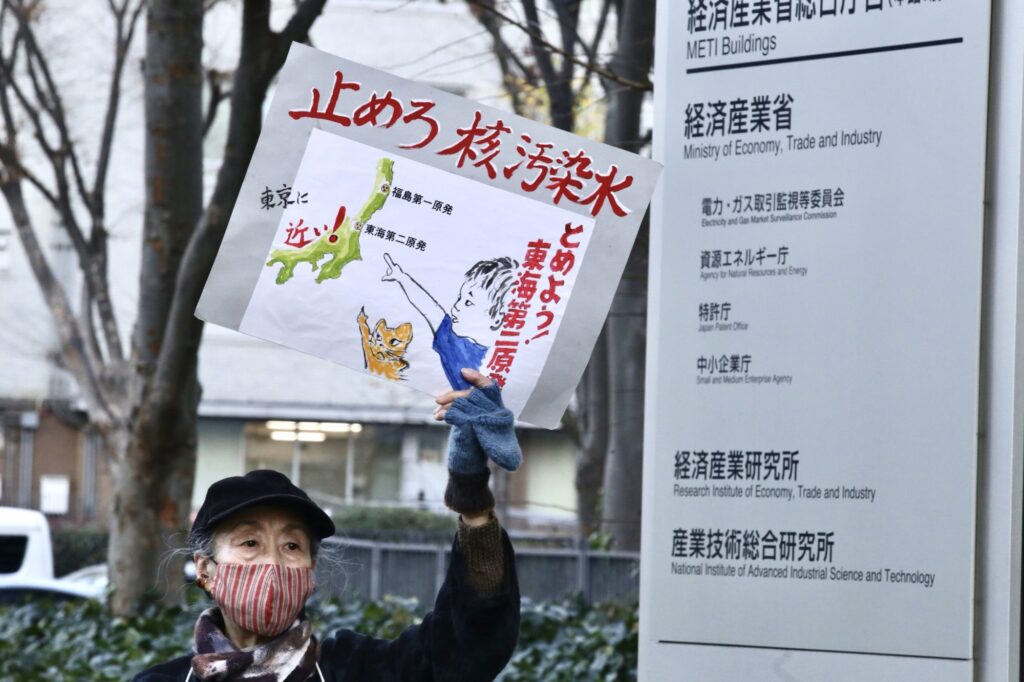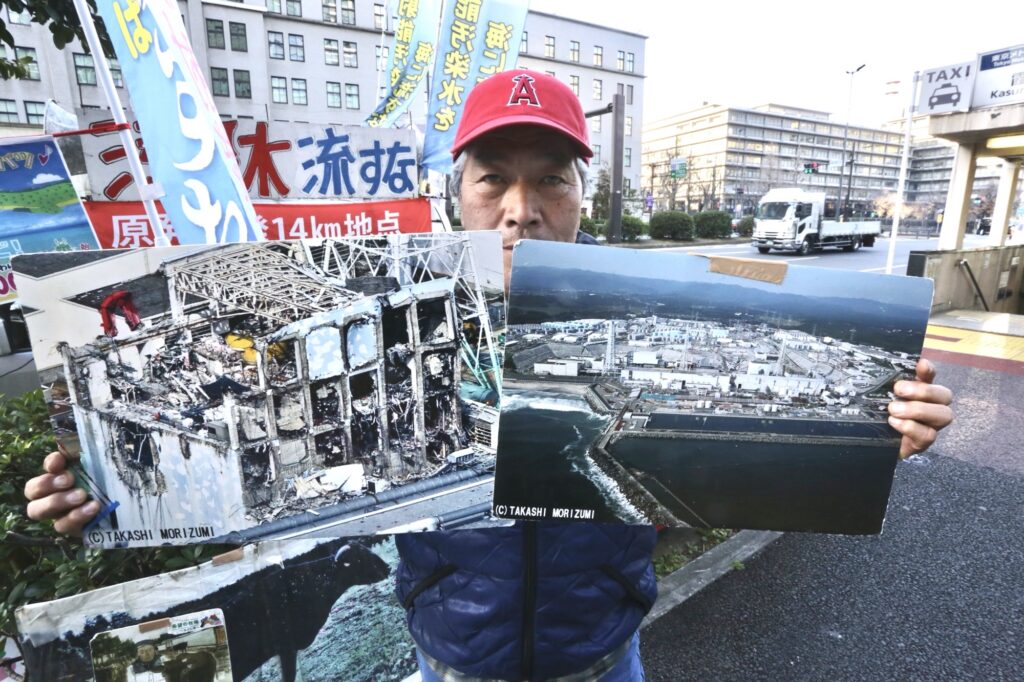





TOKYO: Around 60 demonstrators protested in front of the Ministry of Economy, Trade, and Industry in Tokyo on Friday over the damage caused to the Shiga nuclear power plant following the 7.6-magnitude earthquake that hit Japan on New Year’s Day.
According to the operator, Hokuriku Electric, more than a dozen problems were discovered, including a heavy object falling into a pool of spent nuclear fuel, a reduction in the water level in pools, and an overflow of water.
Leaks of more than 3,500 liters of fuel damaged electrical transformers and interrupted electrical power, cutting power to reactors 1 and 2 of the plant and the pools used to cool spent nuclear fuel. According to the operator, after the interruption of the electrical system, electricity was restored after switching to an emergency power system.
After the tsunami, seawater infiltrated a cooling system and raised the water level to a height of 3 meters near a protective wall that was only 4 meters high. In addition, all the radioactivity measurement stations were put out of service due to the earthquake.
Even though the Shiga power plant has been shut down since 2016 due to the possibility of a geological fault under the power plant, political and local economic actors have been trying to apply pressure to have the plant reactivated.
Another major problem that also arose during the Fukushima accident in 2011 and has recurred at the Shiga power plant is that the roads for a rapid evacuation from the power plant were impassable, precluding the possibility of a large-scale evacuation.
The demonstrators gathered in front of the Ministry and blasted Prime Minister KISHIDA Fumio who, at a press conference on Thursday, ignored a journalist’s question about his responsibility for restarting nuclear power plants.
A message from a Shiga resident was read by an anti-nuclear activist. The Shiga resident noted that “he did not forget that the Fukushima nuclear disaster began with the loss of electricity due to the earthquake.” He added that the lack of communication from the government was incomprehensible. Another protester added that nothing had been learned from the lessons of the Fukushima disaster.
A farmer from the Namie region expressed concern about contaminated water being released into the Pacific Ocean and wondered whether, in 50 years, problems similar to mercury pollution will occur and how it will affect fisheries and the health of fish consumers.
The Japanese government has endorsed the restarting of nuclear power plants, despite some advice warning against the move. It points out that nuclear energy doesn’t produce carbon dioxide.